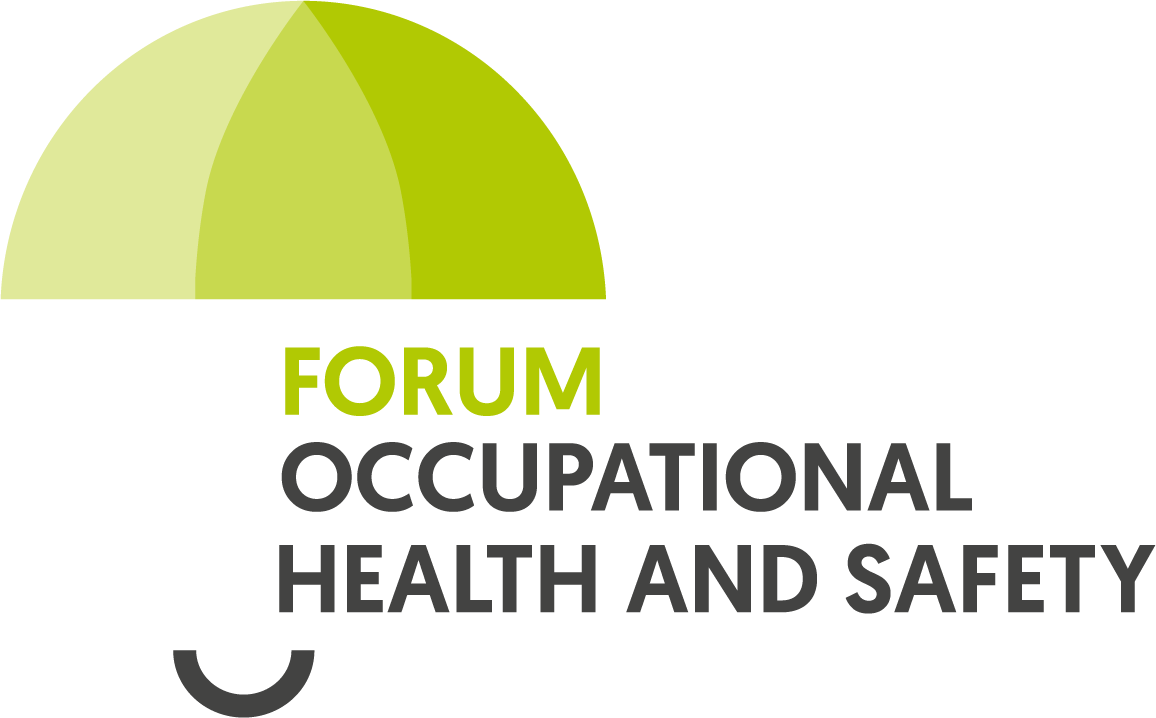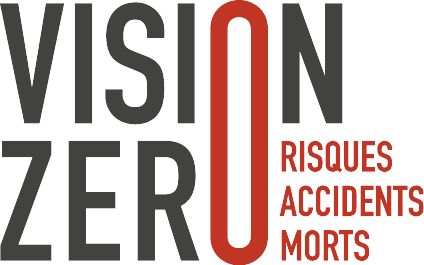For UEL, occupational health and safety is part at large of corporate social responsibility and in the post-pandemic context, this is even more important.
The national strategy VISION ZERO
- to make decision-makers, safety representatives and, more generally, all employees and other stakeholders aware of the advantages of a systemic or integrated approach to occupational safety and health
- a 20% reduction in the national frequency rate of work-related accidents, all sectors combined, compared with 2014 (frequency rate of 5.37%), by directing a particular effort at the highest risk sectors,
- In the medium and long term, the objective of the “ZERO VISION” remains the continuous reduction in the number of serious and fatal accidents, i.e. zero deaths, zero serious injuries.
National targets 2023 – 2030
- A 20% decrease in the national frequency rate of accidents at work, all sectors combined, compared to 2019 (3.73%), by directing a particular effort to the risk sectors through the implementation of a set of more targeted actions
- Continued decrease in the number of serious and fatal accidents
Commute, let's make it safe!
Since the presentation of its study on workplace accidents in 2002, the UEL notes a steady decline in work-related accidents, with the frequency rate per 100 full-time employees decreasing from 11.08 in 2000 to 6.28 in 2010. However, while the overall trend of accidents at work is on the decline, this is not the case for the proportion of commuting and mission accidents that has increased significantly during this period. In fact, one in four accidents at work is attributable to a traffic collision. Depending on the year, one in two fatal workplace accidents is due to a car accident.
On the basis of these findings, the UEL, together with national actors involved in the prevention of road accidents, launched in 2004 and then in 2012, a vast information and awareness campaign aimed at companies with the objective of reducing the number of commuting and mission accidents. The success of such campaigns depends not only on the collaboration of the companies, but also of the employees, the first concerned by this issue, to develop a better awareness of the risks associated with driving. Conducted under the banner TRAJET, secure it! (COMMUTE, let’s make it safe!), these campaigns are part of the sustainable development policy pursued by the employers’ organisations and materialised by the adoption of a charter by the UEL on 31 October 2003. The UEL is also a signatory of the European road safety charter.
Documents (in French)
- Stratégie nationale VISION ZERO 2023-2030
- Entreprises engagées VISION ZERO
- Charte nationale VISION ZERO – 24 March 2016
- Bilan intermédiaire 2016 – 2021 VISION ZERO
- Partenariat en matière de prévention des accidents de la route liés au travail – 1 October 2015
- Congrès européen – Engagement de l’UEL en matière de sécurité et santé au travail – 1 April 2011
- Congrès européen – La sécurité et la santé au travail : une composante de la responsabilité sociale des entreprises – 1 April 2011



